Beef Reproduction and Genetics
All Beef Reproduction and Genetics Content
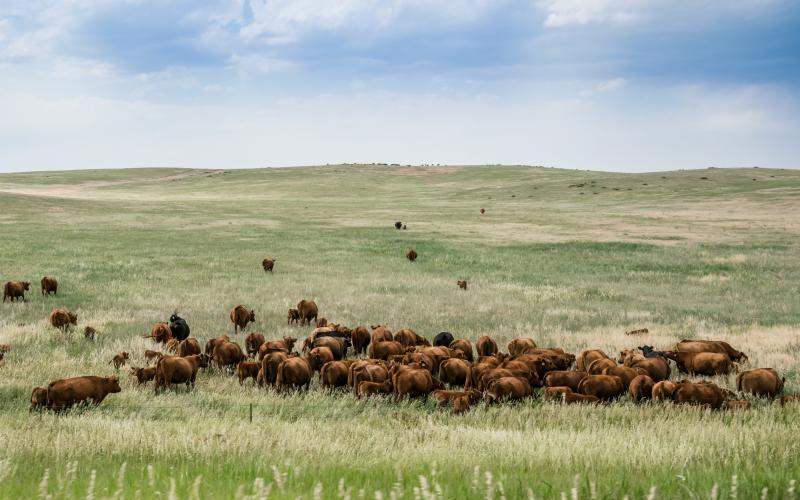
Beef
Home to more than 1 million head of cattle, South Dakota’s producers can rely on SDSU Extension for research-based information, best management practices and resources to support healthy and profitable herds.
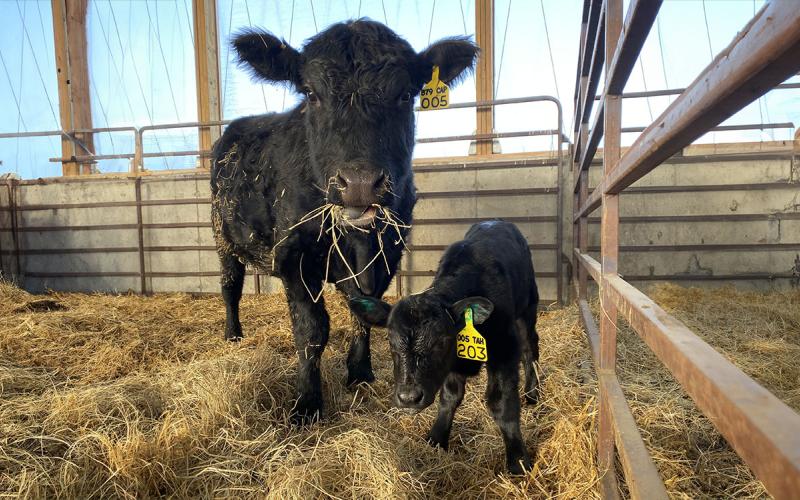
Preparing for Calving Season Cattle HQ Live
Join us to learn more how organizing the calving season by preparing the calving list, facilities and even personal wellbeing, can make it a successful time of year.

Estrous Synchronization with Natural Service Cattle HQ Live
Join SDSU Extension's beef team to gain valuable insights to improve the health, productivity and profitability of your herd. This month we will cover how estrous synchronization can be an effective and cost-efficient tool to be used with bulls.
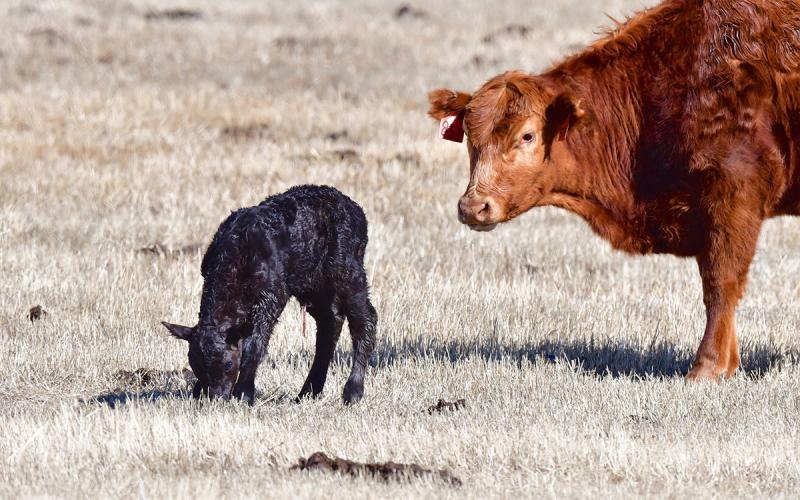
Preparing for the Calving Season
Calving season is a busy time of year as beef producers prepare themselves for less sleep each night, while spending more time observing cows close to calving. So, what can we do to make calving season less stressful for everyone involved?
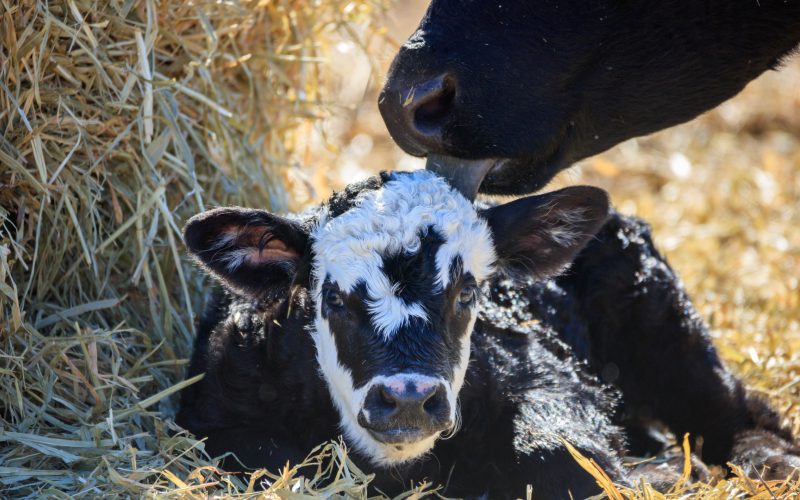
Cow/Calf Calving Camp @ Watertown
SDSU Extension will host an interactive Cow/Calf Calving Camp on January 14 from 6:00-9:00 p.m. at Lake Area Technical College in the MET Building (1226 Arrow Ave NE, Watertown, SD 57201).
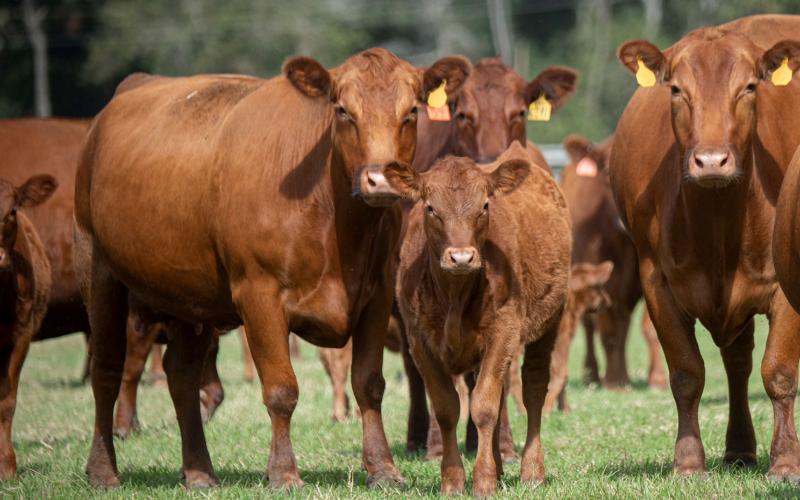
The Calving Distribution Calculator
Excel calculator for calving distribution
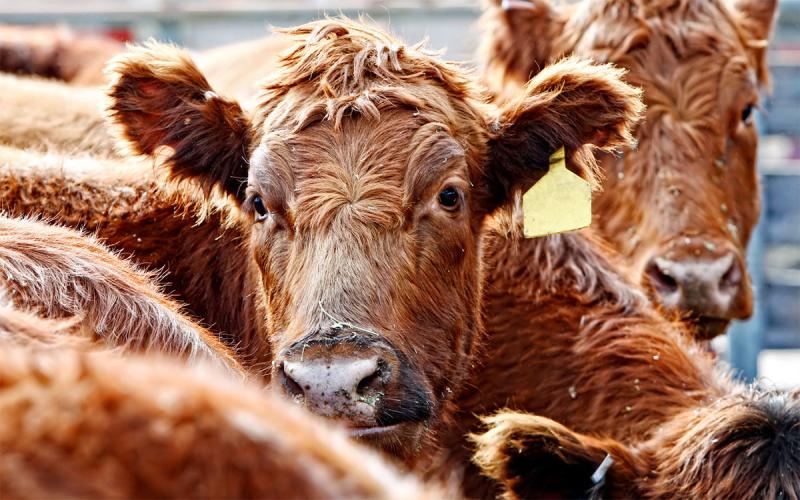
Livestock
South Dakota is home to a dynamic livestock industry.
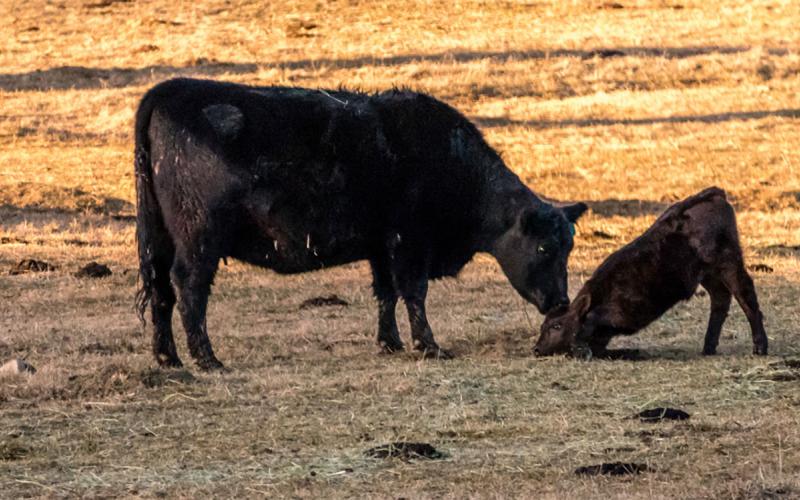
Cow/Calf Calving Camp @ Mitchell
SDSU Extension will host an interactive Cow/Calf Calving Camp on January 6 from 6:00-9:00 p.m. at SDSU Extension Mitchell Regional Center (1800 E Spruce Street, Mitchell, SD 57301).

Crossbreeding Systems – Maximizing Heterosis & Profit
By using planned breed combinations, producers can improve traits like growth, reproduction, and overall herd performance, helping make better financial and management decisions.
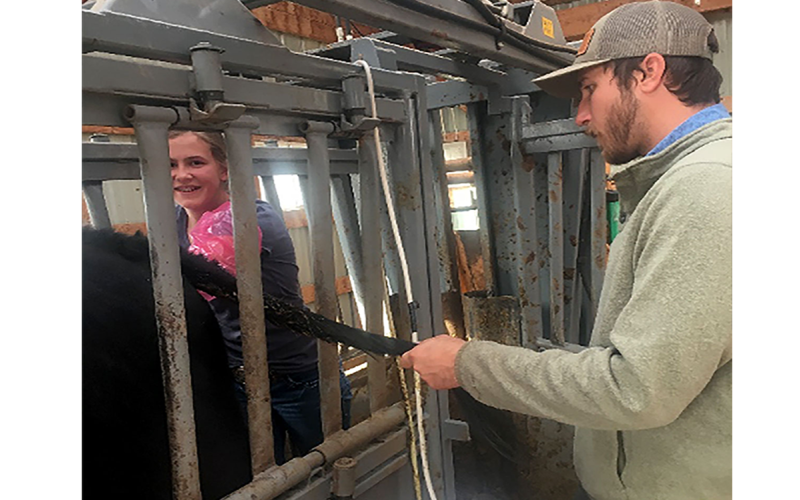
Artificial Insemination School
SDSU Extension offers Beef Artificial Insemination (AI) Schools that teach participants overall herd management for reproductive success and profitability during the 2.5-day schools.